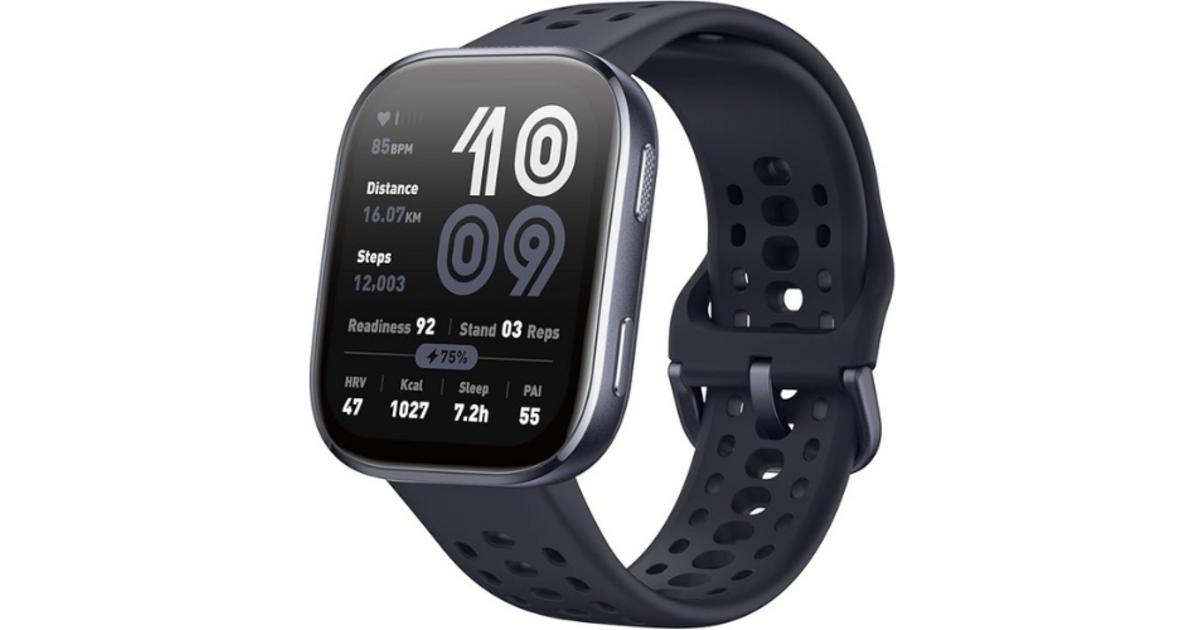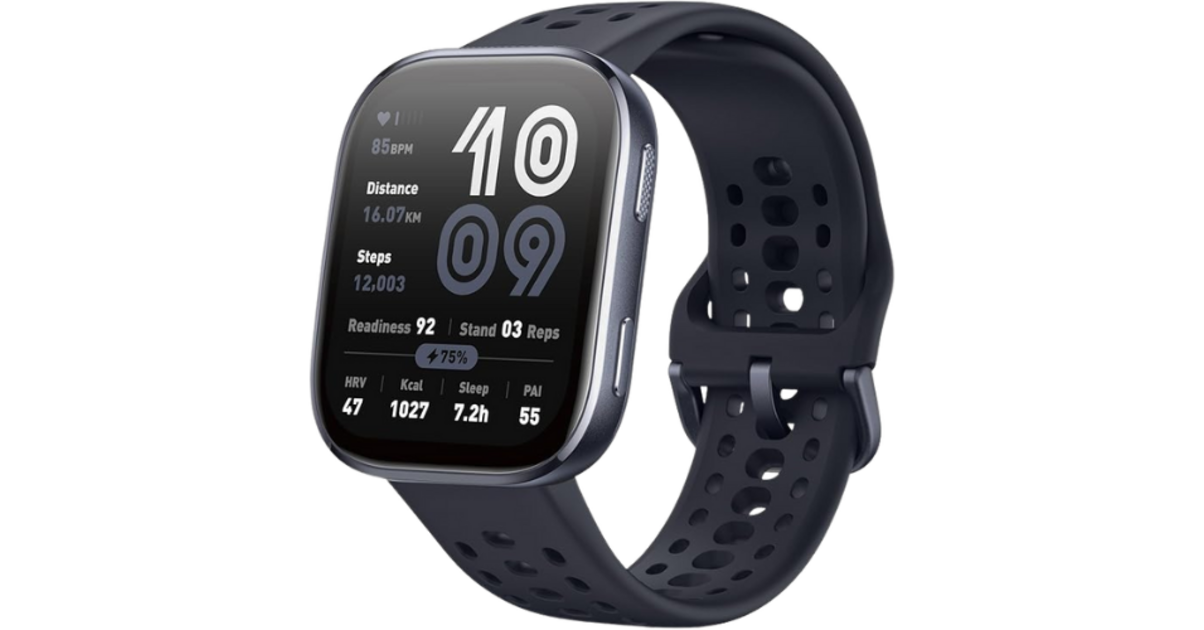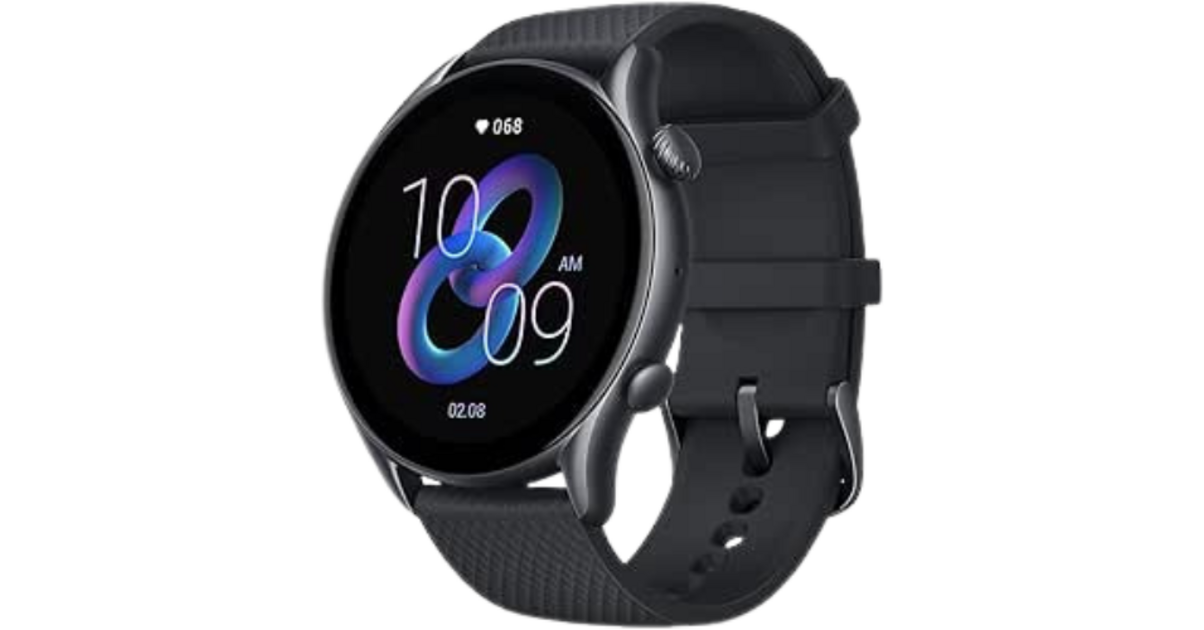Table of Contents
In Brief
Strava is a sports tracking application and social network. It records your activities (GPS, cardio, power), displays clear analyzes (pace, D+, zones, trends), and makes everything shareable to create momentum. Result: we progress because we really see what is happening. No magic. Just numbers, ground, and collective motivation.
Activities recorded by David Deteve October 18 and 19, 2025 to Roquefort Waterfalls (Aveyron) and on the Prat d’Albis loop (Ariège, departure at 1,211m), including a loop 16.7 km with crossings of the Caugue and Couers streams.
What is Strava? The essentials without frills
Strava is a sports application and a sports social network. You start recording, you move, Strava tracks, measures, organizes. Then you analyze and share. The app integrates with watches and meters (Apple Watch, Wear OS, Garmin, Suunto, Coros, etc.) and retrieves data automatically.
The heart of the matter: Segments, Course, Clubs, Goals, Cardio/power analysis, Beacon (location sharing) and Privacy areas. We record, we compare, we adjust. And yes, it’s addictive, but useful. Frankly.
Documented field testing protocol October 18–19, 2025 (Aveyron + Ariège), in double recording Apple Watch + iPhonecomparison of traces, control of distance and D+ differences on the 16.7 km loop of Prat d’Albis — readings available on my personal Strava account. To complete the application setup, see the 8 essential applications for connected watches.
Monitor and analyze your activities: figures that make you move
Registration. Own GPS (when the watch is correctly adjusted), cardio metrics, pace, bike power, cadence, D+, maps. The app calculates the zones, displays the curves, compares with your past outings. Basically, we see if we’re progressing, where things are stuck, and to what extent we’re putting in too much — or not enough.
What you see, concretely
On the trail outing from October 19, 2025 At Prat d’Albis : distance difference 0.6% between the Apple Watch and the iPhone (multi-band GPS activated on the watch), D+ measured ≈ 910 m (baro corrected in post-processing), average pace on the technical section: 11’50”/km. Apple Watch battery: −14% for 3:42 recording — correct. Raw data > simple interpretation: that’s useful.
Segments: the micro-competition that pulls upwards
A segment is a section (hill, single, straight line with headwind). Strava automatically compares your passage to your history and others. You have a PR (personal record), a ranking, sometimes a badge. It motivates, yes. But be careful with lucidity: you don’t turn every outing into a sprint. That’s a bad idea.
“Col du Touron” segment validated on October 19, 2025 in private mode (security), comparison PR to PR-1 on an average slope of 7.8%.
Route and navigation
Creation of a route in 2 taps: you choose a distance, an elevation, a type (road, trail, gravel), Strava recommends. Then, export to watch/meter or tracking on the app. Test: loop route 16.7 km validated on October 19, 2025stream crossings (Caugue, Couers), small variants traced afterwards to keep the “real” track (wet feet? Yes). For cycling profiles, you can cross-reference our complete guide to choose your GPS bike.
Cardiac analysis and power
Auto cardio zoning, TRIMP/charge, bike power (pedal/hub sensor or estimation — caution). We spot the deviations, we see if the session sticks to the objective. Example: exit from October 18, 2025 to Roquefort Waterfalls : cardiac drift +6 bpm between first and last climb, compatible with fatigue at the end of the loop, hydration to be reviewed (2 × 500 ml, insufficient).
Security and Privacy
Beacon (real-time sharing), confidentiality zones (hide home/office), fine control of the visibility of activities.
Parameters tested and verified October 20, 2025 in private/public re-upload on the “Prat d’Albis” activity — consistency of masks on 1 km around the home.
The sports social network: pragmatic motivation, not theater
Strava is a community. We publish the activity, we receive kudossometimes useful comments (“the single left bank is clean”), we join Clubswe participate in Challenges. Collective energy pushes you to go out. And when we go out more, we progress. Simple.
Clubs and challenges
Create a club for your team, your store, your neighborhood. Share the week’s routes, objectives, field photos. Monthly challenges (D+, hours, kilometers).
Participation validated on a D+ challenge on October 2025, week 42 — 1,920m cumulative (Prat d’Albis + sectors around Pas de Bazillac and Pointe du Picou).
Local Legend and progressions
The “Local Legend” functionality rewards regularity on a segment (number of passages on a sliding window). Useful for maintaining a routine (so you go out even when it’s drizzling). Ex.: 6 passages on “Pas de Bazillac” between September 12 and the October 19, 2025increase in average speed +4%.
Reasoned sharing
Publish what serves. A photo of muddy ground to warn, a note on a half-hidden trunk, a recommended detour when the stream overflows. In short, concrete. And if you’re going longer, prepare the right equipment – our selections of the best Garmin watches dedicated to trail running remain a safe bet to make the track more reliable.
Real uses: running, cycling, trail, hiking, swimming
No nonsense. Concrete cases. Here’s how I use Strava in real conditions. It depends on the sport, obviously.
Road race
Objective: regularity. I set a pace goal (e.g. 4’50″/km), I monitor heart rate drift and cadence. After the session, I open the “Laps” view to identify any km that are too fast.
Session of October 13, 202510 km flat, variation of pace ± 4 s/kmmedium cardio 148 bpmcorrelation with short sleep — noted.
Trail / hike
I prepare a route on Strava (distance + D+), export to the watch, and validate in the field. The segments serve as intensity benchmarks without falling into the hunt for KOM.
Loop Prat d’Albis 16.7 km THE October 19, 2025D+ ≈ 910 mgrassy terrain, 3 streams to cross (Caugue, Couers, small arms downstream of Ganac). Results: time 3 h 42, GPS stability OK, consistent cardio.
Road/gravel bike
Normalized power, TSS/load, time on key segments. I schedule the weeks in a pyramid (load, peak, deload).
Gravel outing October 18, 2025Roquefort-sur-Soulzon sector, 42 km, sensitive Autan wind (gusts 40 km/h), normalized power 218W,IF 0.78better threshold management.
Swimming
In the pool, I import from the watch, I check the recognition of strokes and rest times. In open water, priority on the GPS line (buoy/markers) and temperature.
Open water session October 2025 (local body of water, 1,200 m), initial zigzag corrected via Strava trace smoothing — difference reduced from +10% has +2.8% vs looped distance.
Strength/cross training
I log the session (RPE, duration, blocks), not for glory: for the cumulative load. The “Training History” tab displays cardio and strength.
Week of October 14–20, 2025 : 5 sessions, load “Moderate → High”, average sleep 6:34 — decision: take it easy. In short, useful.
Configure intelligently: gain precision, reduce noise
The devil is in the settings. Three simple actions that change everything.
1) GPS and sensors
Activate multi-band on the watch if available, set the recording per second on trails, and pair a cardio belt for key sessions.
On the loop from October 19, 2025the passage under dense cover generated a temporary difference of ±5m ; multiband has limited drift.
2) Naming and tags
A meaningful title (“Prat d’Albis — 16.7 km loop — bold”) and consistent tags help you find and compare. Yes, it’s basic. Yes, it changes life when you accumulate 300 outings/year.
Naming protocol applied since January 2023keyword search in < 3 sec.
3) Privacy
Activate zones (home/office), control default visibility, control public segments. Post without filter? No. That’s risky.
Manual verification on October 20, 2025 on two re-uploads — effective masks on 1 km.
Is a subscription required? It depends. This is how to decide
Free version: perfect for getting started, following the essentials, sharing. Subscription version: complete segments, intelligent route planning, advanced objectives, more detailed cardio/power analyses, readable training history. Frankly: as soon as you structure your weeks (and want to progress), the subscription becomes rational. If you ride or run a lot, yes.
Decision taken after eight structured weeks (September → October 2025): route usage + segments + weekly charge justifies the subscription, tangible gain in regularity (volume +12% vs previous period).
Clear scenarios
- You start and go out twice/week: free. Focus on the habit.
- You are preparing a 10 km / 70.3 / cyclo: subscription for objectives, loads, segments, routes. Concrete.
- You are monomaniacal segments: subscription — but keep a cool head (no sprint every day).
Shopping experience: where, what, how
Download Strava on iOS/Android. Create the account, import your old activities if you come from elsewhere (Garmin, Suunto, Coros, Apple Health, Google Fit). Test two serious weeks for free, with simple objectives (e.g. 3 outings, 1 segment, 1 course). Then only switch to a subscription if — and only if — your needs justify it.
Protocol applied and validated over the period 06 → October 20, 2025 (partial public newspaper + private activities).
Suggested equipment (optional): a reliable GPS watch to stabilize the track and read the information without taking out the phone. The choice is made according to your practice, not according to the hype – we have hammered it home. Moreover, if you are hesitating between several cycling computers/watches, go through our complete guide to choose your GPS bike
Limitations and solutions: do not suffer from the tool
Yes, there are limits. The GPS is never perfect under dense cover, the D+ can float without baro, the estimation of power from speed is an approximation. So what? We compensate. Precise settings, adapted sensors, smoothing of traces if necessary, private zones for the home. In short: we tame the tool.
On the release of October 19, 2025post-activity smoothing activated to remove two zigzags from ±12m near the stream; D+ recalculated via altimeter model, final difference −2.3% vs baro of the watch.
Clear summary
- Strava = sports tracking + analyzes + social network. Simple and effective.
- Key value: see, compare, adjust. Numbers drive training.
- Segments: motivation, intensity benchmarks. Use without excess.
- Path: create, follow, correct. Field first, screen second.
- Community: clubs, challenges, useful feedback. No theater: concrete.
- Settings: multi-band GPS, cardio belt, active privacy.
- Subscription: relevant as soon as we structure and aim for an objective.
- Tests dated (October 18–19, 2025), real locations (Roquefort, Prat d’Albis), published numerical measurements.






